Living Planet
Nature · Earth · ClimateNature Notes: March 2023
A RUMBLE IN THE JUNGLE

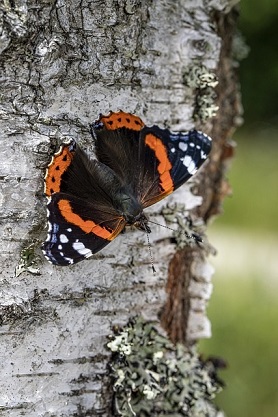
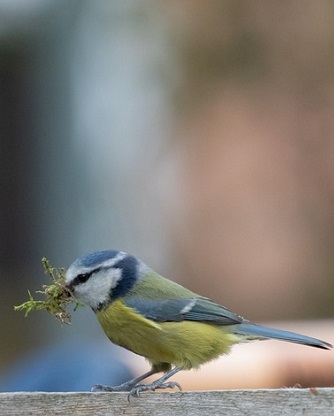
Fragments of fog-feathered cobwebs drift silently down through still air, from trees which echo with reverberations of the woodpeckers drum. Beneath, on hard chocolate paths, dusted with fine 'icing', lie tufts of furry, fresh green moss, scattered by nest-building birds. Although the first two weeks of February were gloriously bright and sunny, with vast blue skies and even a Red Admiral stretching its wings, there were cold frosts and minus temperatures over-night which brought home the horror of the earthquakes in Turkey and Syria, of people trapped only in their nightclothes as the temperatures dropped to -11 degrees C.
The first of March marks the start of 'Meteorological' Spring, a season based on temperature. From around 2,000BC up until 1752, when England replaced the Roman with the present Gregorian calendar, March was also celebrated as the first month of the new year as it was traditionally the start of the 'time of planting'. But it's not only the plants around us which are visibly responding to the detectable 'change' in the air, as insects, birds and animals notably react to the differences in climate and barometric pressure with mating and nesting behaviours. Our kith and kin also respond more dramatically to significant nature events.
Research in 2021 showed that strong earthquakes can help trees grow, by driving extra water into the soil surrounding their roots - which also serves as a helpful detector of ancient earthquakes when looking at growth spurts in their wood. Since the Turkish quakes, scientists have been recommending the future bedding of trees and plants around buildings to protect them from collapse. Their highly resilient cellular makeup means they're more flexible, remaining standing whilst effectively dispersing seismic waves through their roots and releasing pressure upwards through their canopies.
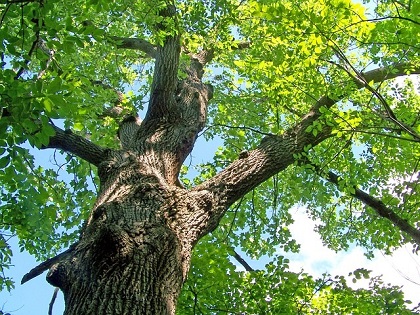
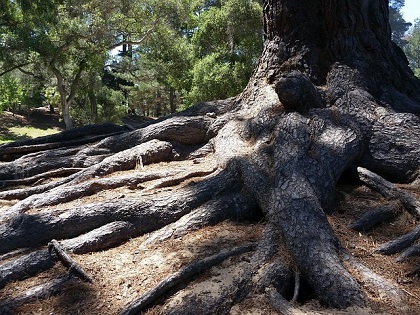
It's long been documented that animals sense the changes that come with extreme weather or geographical events including earthquakes, hurricanes, tsunamis and volcanoes. There were reports of birds flying erratically and dogs howling before the first quakes in Turkey struck - whilst social media reports around the much more minor swarm of 'Horsham' quakes over 2018/2019 noted agitated dogs, cats and sheep. In 2014 a flock of golden-winged warblers who had just flown 3,100 miles from S America to their breeding grounds in the USA, suddenly took-off again, flying c500 miles away, just before a series of 80 devastating tornadoes hit; birds, elephants and orangutans were all seen heading to the hills before the 2004 tsunamis; in Tonga a newly re-released turtle made a sudden u-turn two days before the 2022 volcano erupted and in Italy, scientists who happened to be studying the effects of lunar cycles on toads recorded them all deserting their mating sites three days before an earthquake struck in L'Aquila. Fish, rodents and snakes have also been anecdotally associated with unusual behaviour more than a week before an earthquake, even from over 50km away.
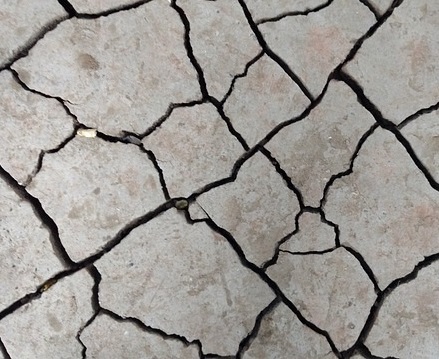
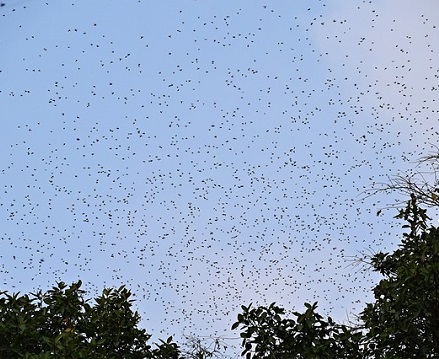
It's been suggested that birds may be alerted through 'infrasound' - low frequency background sounds inaudible to humans and there may also be anomalies in the Earth's magnetic field which they can discern. Theories for animals include the detection of seismic waves and the ground tilting as well as their incredible sense of smell as particles are charged. Bees, observed to be 'in a panic' before an earthquake are by nature extremely responsive to vibrations. It's thought that toads, who with other amphibians are sensitive to environmental chemistry, may detect disruptions in the ionosphere (the electromagnetic layer of the Earth's surface), which was reported at the time of the L'Aquila earthquake, as well as the gases released.
There are various studies linking the warming climate to increasing activity beneath our feet. The same scientific journal 'Nature' which, in 1937 reported a significant earthquake at Horsham and Warnham (citing a connection "with the series of shocks that have occurred for nearly three centuries in the district around Chichester, the first being that of the year 1553") just 70 years later, published an article based on studies further afield, connecting weather patterns to the phenomenon. Scientists at the Institute of Earth Sciences provided evidence for a link between weather patterns (in this case typhoons in Taiwan) and the timing of small earthquakes beneath, concluding that the reduced atmospheric pressure allows earthquake faults deep within the crust to move more easily and release accumulated strain. As Professor and author Bill McGuire wrote in his book 'Waking the Giant: How a Changing Climate Triggers Earthquake, Tsunamis and Volcanoes', "This may sound far-fetched, but an earthquake fault that is primed and ready to go is like a coiled spring, all that is needed to set it off is - quite literally - the pressure of a handshake". In a similar vein, it seems that the erosion of landslides caused by torrential rains acts to reduce the weight on any fault below, allowing it to move more easily.
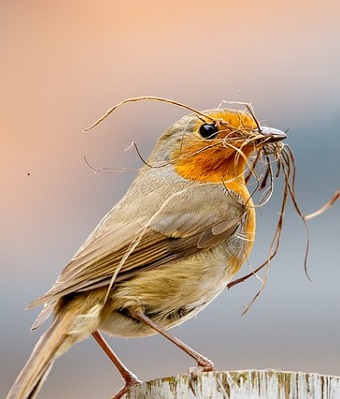
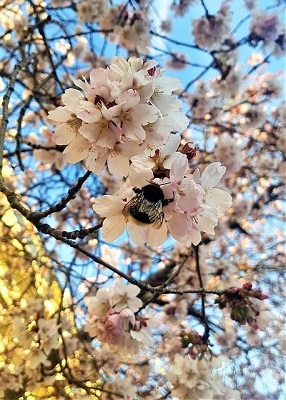
So, this month, as buds unfurl and a bounty of blossom is forecast, may the only tremble you feel, be a fragile petal in the wind. As spring flowers burst forth, young animals appear, nest building ramps up a gear and the dozen or so early emerging species of solitary and bumble-bees actively seek out nectar and pollen, watch their behaviour closely, not just as an indicator of what's going on in this dynamic and active planet, beneath our feet, or in the heavens above, but in the world around us. Every element of nature and each creature is truly remarkable and can teach us so much if only we take the time to sit, breathe in and observe. May you all feel the rhythm of the earth and then March to the beat of Spring ...

